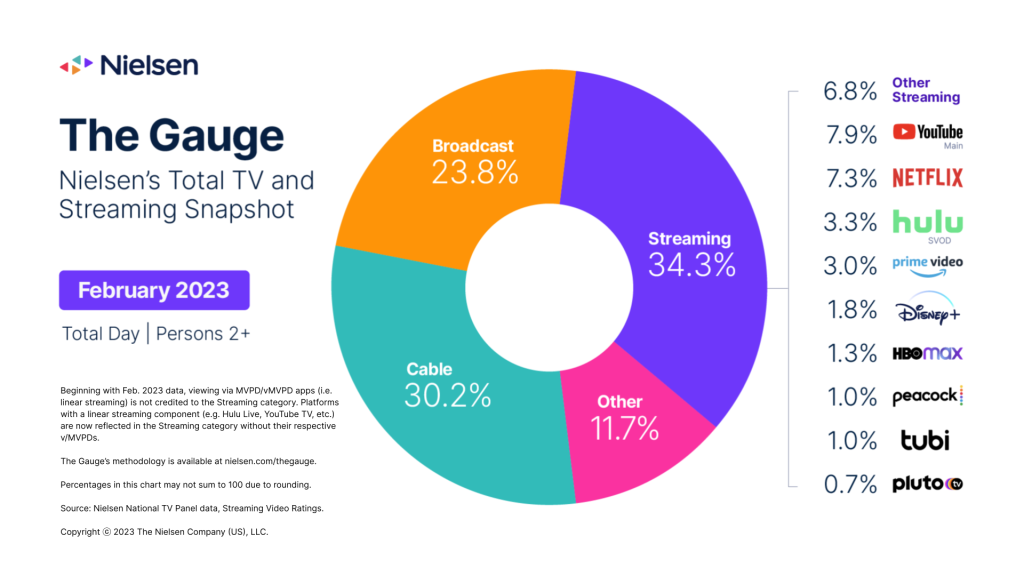Future of TV Briefing: The next phase of the TV upfront market
By Tim Peterson
This week’s Future of TV Briefing looks at the stage of the upfront cycle where advertisers submit their orders, which may not match up with the initially agreed-upon commitments.
- The real upfront market
- Connected TV’s ad viewability issue
- Netflix seeks ads help, YouTube opens up, Disney drop its TV programming chief and more
The real upfront market
The key hits:
- As TV networks and agencies wrap up their initial upfront negotiations, the real buying cycle begins.
- Over the next two to three months, agencies and their clients will submit orders for the actual amounts of money that advertisers will spend in upfront deals.
- Given the uncertain economic climate, those order amounts could come in short of the initial commitments.
This year’s annual TV advertising upfront negotiations may be starting to wrap up, but the upfront market is far from over. “At the end of the day, we’re going to be doing this until October,” said one TV network executive.
The upfront cycle actually consists of two rounds (not including the pre- and post-upfront stages). There is the initial “registration” period when TV network owners and agencies negotiate over how much money the agencies will commit to spend with the TV network owner over the following year and how much money the TV networks will charge for those ad placements. This is the period that is starting to wrap up with major TV network owners like Disney and NBCUniversal and major media agencies like GroupM and Publicis Media completing deals, as Digiday previously reported.
Then there is the “order” period when agencies take these agreements to their clients to determine how much money individual advertisers will actually commit on paper to spend with each individual TV network owner. And these orders are not typically submitted until July, August or even September, i.e. months after those initial commitments are made.
“We’re going into the market in May and June. Clients know we’re going into market, but they don’t have approved budgets necessarily. So what they kind of give a head-nod to in May can look very different than where they are in June or July,” said one agency executive.
“It’s great to get the guaranteed business, but you really don’t know what your rate of change is until the detail is done,” said the TV network executive.
Considering the macroeconomic issues facing upfront advertisers, like ongoing supply chain issues, rising inflation and rising interest rates, there is the potential that the orders that advertisers submit in late summer could look very different than the agreements reached early in the season.
“A lot can happen in the next two months. I don’t technically need to order for almost three months; why would I [submit orders early]? Who knows what’s going to happen?” said a second agency executive.
To be clear, the initial commitments are made by agencies in good faith that the orders will match the registered amounts, said the agency executives. While there are no penalties for order amounts coming in short of registered amounts, agencies understand that, if an agency’s …read more
Source:: Digiday





